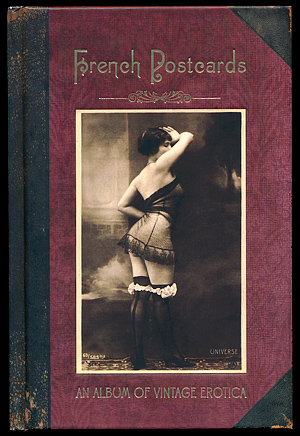I was flipping through some old articles I've written, and I found one I did asking why in June of 2011 did the Stanley Cup
hockey
riot in Vancouver occur. I wanted to write it off as a bunch of drunk a-holes, but the reality was more sinister.
 |
| Exhibit A - A is for Asshole. Ironic he's wearing a superman shirt. |
The riot began after the Vancouver Canucks'
lost the Stanley Cup final to the Boston Bruins. Cars were burned, shop fronts
were destroyed, and people very beaten. Over 100 people have been charged to
date. The cost to the city is about 1.3 million dollars in damages. The city
called for a
enquiry into the riot and why it began, with the verdict being that people weren't bussed out of the area properly, drunkenness, police action and crowd mentality.
This incident is part of a long history of sport related riots. All share some similar patterns: lots of people, too much partying, and the bizarre personal ownership that people take on of their teams. It's nuts in my opinion, but crazy stuff makes interesting history!
 |
| A charioteer, the football stars of the 500s. Hot with that helmet! |
In the ancient world, chariot races were popular spectacles with thousands
attending the events. Fans would become personally invested in one team and
would form gangs to attack the rival team’s supporters. The most well known
riot was the
Nika Riot
in Constantinople in 532 CE.
It started with crazy chariot racing fans. There were four different factions who all hated each other, but the Green and the Blue teams were the
most politically active and tried to influence the Byzantium government. A couple were captured and charged with murdering some of their opposition. Pissed at their attempts, the Emperor
Justinian ordered their death, but the two gangs demanded full pardons for these men. When
their demands were not met, they set the city ablaze.
At the same time a chariot race was going on at the
Hippodrome,
organised by the green and blues to raise support for overthrowing the emperor.
People began to shout ‘Nika’ meaning victory or conquer in Greek. But Justinian
ordered the army to stop the riots. The rioters were trapped inside the
Hippodrome and it is
estimated between 10,000 and 30,000 people were killed. And that's why sports and politics shouldn't mix.
Despite the Nika Riots, violence at sporting events was very rare for
centuries. Occasional incidents would occur but without the political goals and
level of extreme violence.
The
Cricket Riot of 1879 occurred when a team of English cricketers played a
series of matches against the home team in New South Wales, Australia. The
English referee called out a local hero, which incensed the 2,000 fans who ran
out onto the pitch and began attacking the English team and the refs. The game
was cancelled but resumed the next day. No one died, but it was still pretty crazy.
I think a little bit of this was due to Australians being seen as less-than, and anti-colonial behaviours.
 |
| One of the few pictures of a cricket riot in the 1920s, cause you know it's cricket! |
In the Twentieth century, the fan violence
increased with countless deaths as a result. One of the worst
riots in modern history was the 24 May 1964 soccer
riot in Lima, Peru. Peru and Argentina played an Olympic qualifying match
at the National Stadium. A great deal of rivalry existed between the two teams
and the Peruvians were desperate for a win. The referee disallowed a Peruvian
goal in the final two minutes of the game and they lost. The crowd went wild
with people panicking to get away from the violence. It caused a stampede which
killed 318 people and injured 500.
Which brings me back to my original question: why do people riot at sporting events? It varies but the psychology of it is interesting. When we're less accountable and anonymous, we tend to behave in ways we wouldn't. Also that fan identification with sports teams is psychologically
important for many people, particularly in our increasingly transient
and insular society.
While alcohol is also often cited for its role in such incidents, these two reasons above are deemed much more important.




 What was her education like?
What was her education like?





